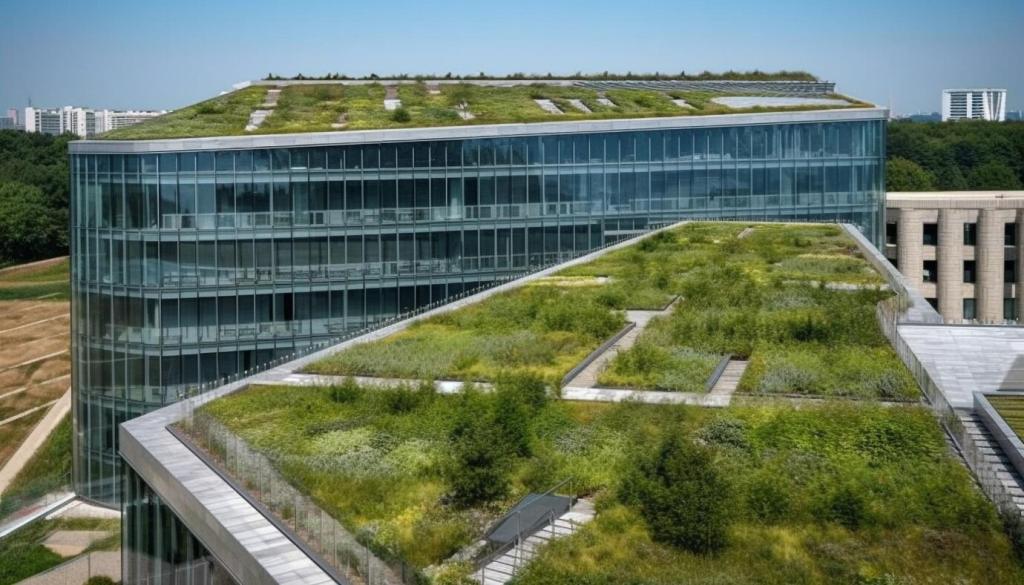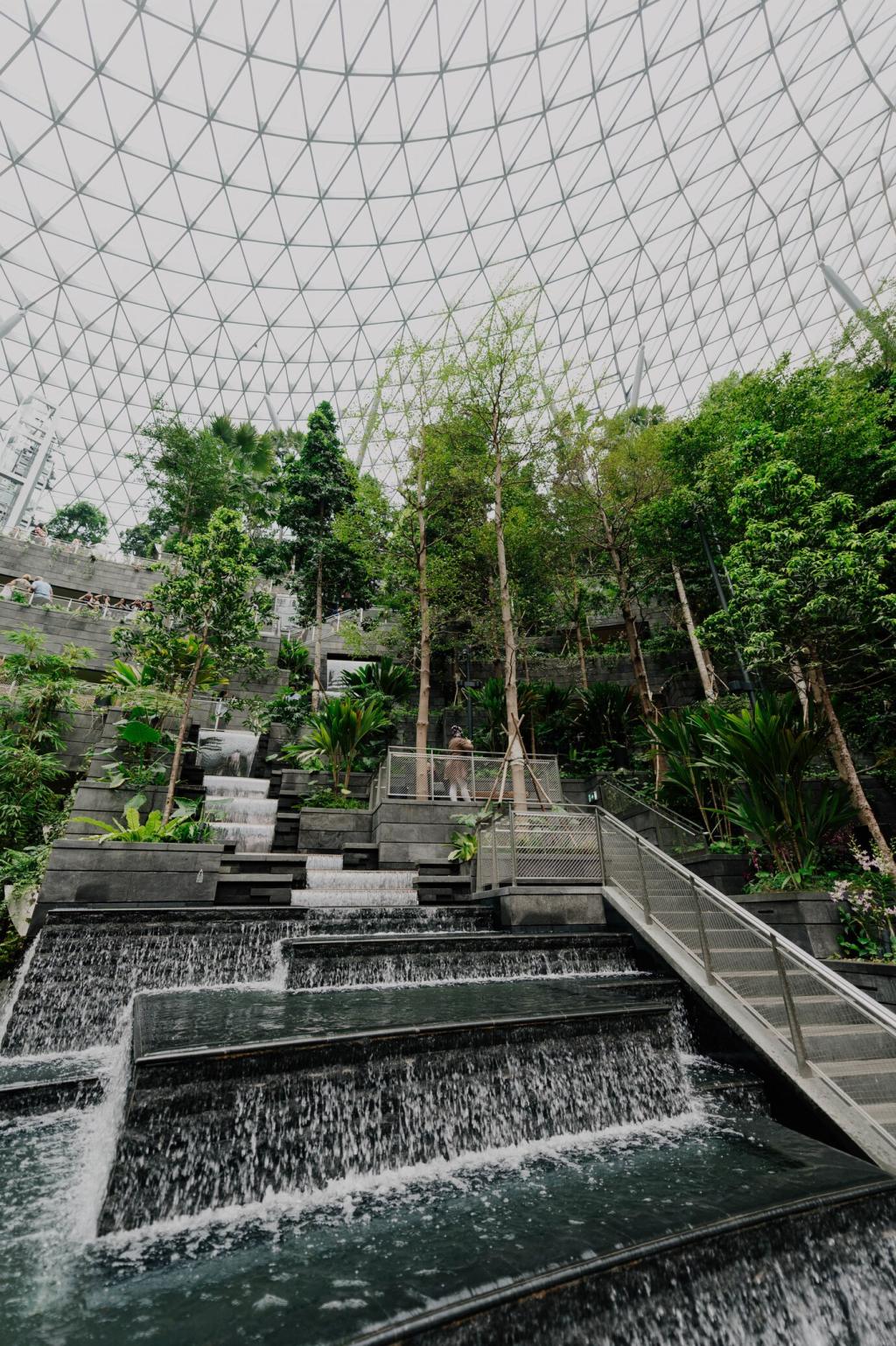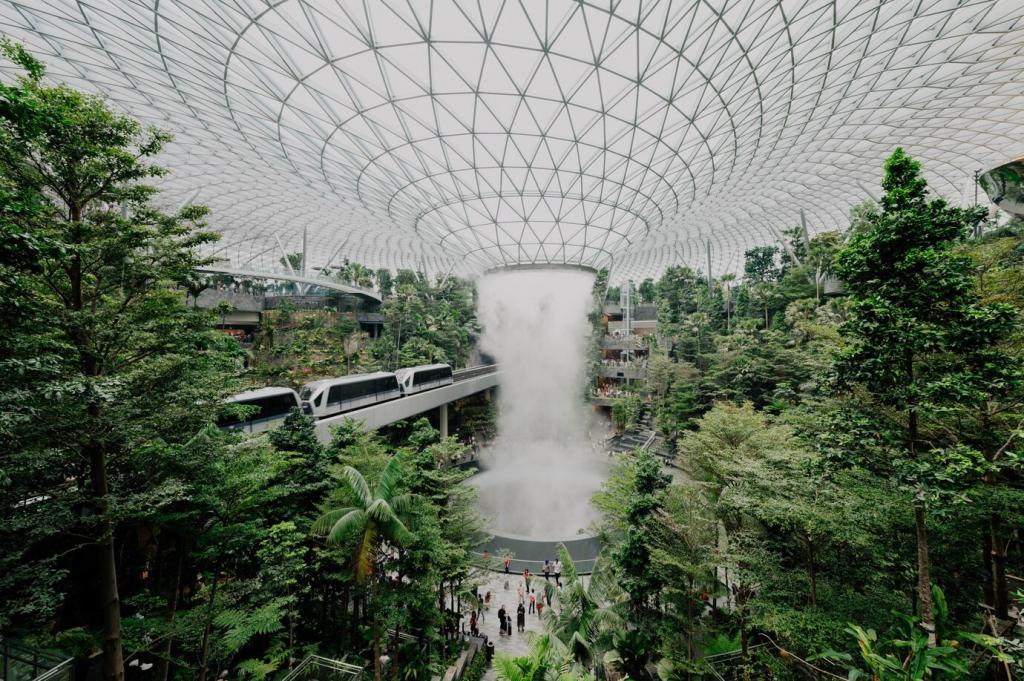
Urban Sustainability: Balancing Growth and Eco-Friendliness
Urban sustainability lies at the heart of modern city planning, representing the art of harmonizing rapid urban growth with environmental stewardship. As cities expand and populations rise, the need to create living environments that foster economic opportunity, social equity, and ecological resilience has never been more urgent. Urban sustainability emphasizes not only reducing negative environmental impacts but also encouraging responsible development, innovation, and community well-being for present and future generations. This delicate balance demands collaborative action from governments, businesses, and residents, aiming to blend vibrant urban life with sustainable practices that protect our planet.
The Urbanization Challenge
With more people flocking to cities, the demand for resources – from water and energy to green spaces and housing – accelerates. This growth often puts infrastructure under immense strain, leading to traffic congestion, overcrowded housing, and overburdened public services. Balancing these demands requires forward-thinking strategies that emphasize efficiency, conservation, and equitable resource distribution. Planners and policymakers must anticipate the long-term consequences of development, adopting innovative models that allow urban centers to flourish while remaining livable and vibrant.

Designing Green Urban Spaces
Public parks and urban forests play an indispensable role in fostering environmental health within cities. These areas provide vital habitats for plant and animal life, support local temperature regulation, and help purify the air. For residents, they offer recreational opportunities and a respite from the urban hustle. Planners must prioritize the protection and expansion of these green zones, ensuring they are evenly distributed and accessible to all city dwellers, thus contributing to a more harmonious urban ecosystem.
Transportation and Mobility for a Greener Future
Public Transit Evolution
Modern, efficient public transit systems are crucial in reducing urban congestion and greenhouse gas emissions. Investing in light rail, bus rapid transit, and electrified fleets decreases reliance on private vehicles, curbs air pollution, and offers affordable mobility options. A forward-thinking transit network not only connects workers to jobs and students to schools but also enhances social inclusion by ensuring all residents—regardless of income or neighborhood—can navigate the city with ease.
Active Transportation Initiatives
Active transportation options—such as cycling and pedestrian pathways—present significant opportunities for cities aiming to boost sustainability. Well-designed bike lanes, pedestrian-friendly streetscapes, and comprehensive safety measures encourage residents to opt for healthier, zero-emissions modes of travel. These initiatives reduce traffic congestion, promote physical fitness, and create vibrant, people-focused urban environments. By investing in active mobility, cities make a long-term commitment to public health and environmental well-being.
Embracing Electric and Alternative Vehicles
The shift toward electric vehicles (EVs) and alternative mobility solutions marks a pivotal step in green urban transformation. Comprehensive charging infrastructure, shared mobility platforms, and incentives for adopting low-emission vehicles are rapidly making urban traffic cleaner and more efficient. Cities that embrace these advancements reduce their environmental impact while providing smoother, more sustainable travel options. Public and private sector collaboration ensures technology adoption keeps pace with urban demands, fostering cities where eco-friendly travel is the norm.

